Roof Report
Bay Window or Bow Window? Pros, Cons & Costs
There comes a time for homeowners to upgrade their living quarters. Two stylish and functional options—bay and bow windows—create one simple but impactful way to boost the appearance, energy efficiency, functionality, and value of a home.
More expensive—but also less common—than casement, awning, or picture windows, bays and bows create a unique beauty guaranteed to stand out in the neighborhood. But which one is right for your home? King Quality is here to help you figure it out.
Bay and bow windows appear similar—so much that we often mistake them for each other. Both window styles project outward of a house. Both open small, crowded rooms, creating more space to breathe, more natural night, and the appearance of more space. Both create extraordinary outdoor views and enhance a home’s curb appeal with a unique charm that stands out in a beautiful way.
However, a handful of defining characteristics differentiate bay windows from bow windows:
- Bay windows combine three windows—one large picture window with two smaller casement or double hung windows on either side—in an arch shape angled at 25 to 45 degrees. Popular in modern houses, bay windows create an area that protrudes from the house in a square, hexagonal, or octagonal shape.
- Bow windows combine four to six casement windows placed together at a 10-degree angle to form a rounded shape. Popular in Victorian-style houses, bow windows create a turret effect on the corner of a home complete with wide-angle views.
Differences aside, there are pros and cons to each window style—from appearance and exterior space to ventilation and installation. Take a closer look to select the right window for your next home upgrade.
Bay Windows: The Pros
A wide variety of shapes, sizes, and styles make bay windows a popular option. Bay windows are designed to open, ventilating homes with free-flowing fresh air. A signature, energy efficient picture window creates an unobstructed view of the outdoors. Bay windows are also less expensive than bow windows.
Bay Windows: The Cons
Bay windows create a more restricted view while allowing less natural light to enter a room. Bay windows are impractical in rooms near a sidewalk or street.
Bow Windows: The Pros
A narrow exterior profile that hugs the edge of a house makes bow windows ideal in rooms located close to the property edge. Bow windows can curve around a corner for a uniquely elegant appearance. Longer windows cover a larger portion of interior walls while more glass creates panoramic views and more natural light.
Bow Windows: The Cons
Bow windows are less likely to open, ventilate, and let fresh air into a room. All windows are the same size with no picture window. Narrower bows also create less seat space than bays. Bow windows are more expensive and more complicated to install.
Appearance
Characterized by more than one section of windows fitted together as one unit, both window styles protrude from the wall on the exterior with a corresponding ledge or alcove on the interior.
Bow windows feature more—and usually wider—windows but lack the picture window fixed in the center of bay windows. Bays also stick out further on the outside and form a larger alcove on the inside. For a modern or historic house, opt for bay windows. However, bow windows are a better option for a Victorian-style home.
Natural light
Both window styles let in a great deal of natural light. Even a small bay can brighten a room more than a flat window. Select either one for any room that requires more sunlight including the living room, kitchen, and dining room. For an extra touch of class and broader view of the outdoors, bow windows are best.
Ventilation
The choice is easy if you want a versatile window that opens to let in the fresh air. While bays can feature casement or double-hung windows that open, bows often feature fixed windows positioned too close together to open or ventilate.
Installation
Expect more of a challenge installing a bay or bow over a flat window—from adding supports for increased weight to enlarging and framing an existing window opening. Larger and heavier bows are especially more complex to install. An effective and attractive bay or bow requires careful planning. Hire a professional before you launch a DIY project.
Exterior space
Bays—which extend out from homes up to two feet—are less than ideal for rooms close to a street or sidewalk. Bows are the better option, especially in areas with limited space.
Resale value
Beautiful and energy efficient, expect both window styles to draw the eye, attract buyers, and increase the resale value of your home.
Costs
The answer here is simple: expect to pay more for bow windows. However, the cost of home replacement windows depends on material, climate, warranty coverage, and more.
Place your biggest asset in our hands.
Trust the most awarded contractor on Long Island to upgrade your home with a beautiful new bay or bow window. Reach out to King Quality today and discover royal treatment for you and your home.









